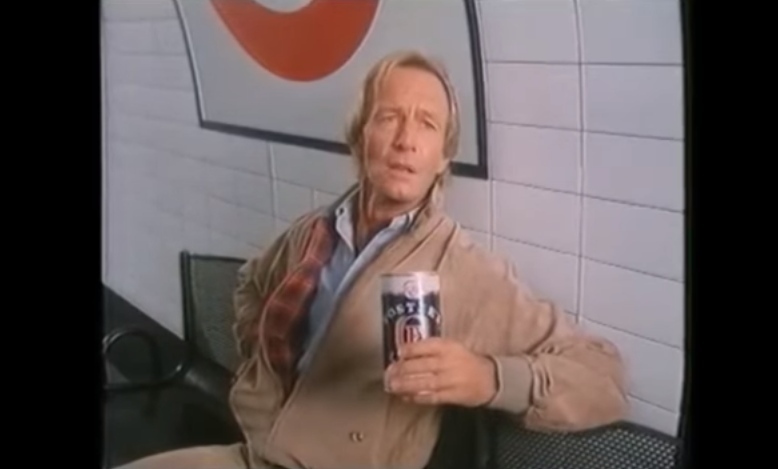
If the lifeblood of London is the Thames, then booze comes a bloody close second. In our history Londoners have chugged everything from cups of vino to pints of potent gin — and it's all been sold to us one way or another. Here are five key moments explaining how.
1. Londinium and the birth of the pub sign
London's had wine bars for longer than you might think; as Pete Brown explains in Man Walks Into a Pub, Roman Londinium was rife with 'tabernae' selling wine rather than ale. They flagged themselves to passers-by using images of grapes or vines (and, because of the pursuit often enjoyed within, chessboards). It was handy for a largely illiterate population, and became the forerunner of the pub sign, when everything from a Turk's head to a whistling oyster lured Londoners in for a swift one.
2. Gin evolves
As is well documented, London's history with gin has not always been a healthy one. But from the get-go mother's ruin has been singularly accomplished as a brand. It came to these shores complete with a royal seal of approval from William of Orange, and — a far better selling point — was dirt cheap.
OK, so that chapter in London's fling with gin didn't end well, but purveyors learned to rebrand the spirit as London dry gin; famous names like Gordon's and Beefeater have been around since 1769 and 1876 respectively, there are very specific EU guidelines outlining what does and doesn't constitute a London dry gin, and the style is now synonymous with the city (even though legally it can be made anywhere).
Where there's gin there's cocktails; The Savoy Cocktail Book, compiled by the hotel's then-head bartender Harry Craddock was first published in 1930, firmly putting London on the map as one of the foremost cities for sophisticated sipping.

3. The first beer mat
The first wood pulp beer mat was created in Dresden in 1892 by Robert Sputh, but in 1920, London brewery Watneys decided to give it a try, as an aid to marketing their pale ale, Red Barrel. A beer mat may sound a trifling matter, but it helped make Red Barrel the biggest-selling beer in Britain for a while. For almost 100 years now, beer mats have been surreptitiously flogging us booze, and with the resurgence of London breweries, the coaster with the mosta is not going away anytime soon. It's just a pity more people don't use them for their primary purpose; do YOU respect wood?
4. London becomes a backdrop for booze
Not long after the prevalence of TV in the 1950s, ads for alcohol were all over screens, and as the centre of everything, London would often provide the backdrop. Such as in this advert starring West Ham star Bobby Moore and his missus, going down their East End local for a spot of darts:
Soon, it didn't even matter if the booze was from the UK — London was being used to sell it anyway. The man who would become Crocodile Dundee, Paul Hogan, was first known to British audiences for his ads in the 1980s for Foster's, where he'd mingle with yuppies in a City bar and make droll gags about Cockfosters. Between the 1950s and 80s, London's drink scene may not have been over appealing to the taste buds, but advertisers were sure as heck using the city to sell the stuff. Fuller's would later use London to their advantage too.
5. Booze goes local
In London you can get beers, cocktails and wines from any part of the world now. But as a rule the booze of modern day London is more local than ever before. Vineyards boast of their views of the Shard. Breweries run hip crowdfunding campaigns for a second local setup. Beer is named after local characters. There's little need to sell through the likes of TV (although some such as Fuller's and Gordon's still do it), and a lot of brewery taps and bars even don't even bother with signs.
But it's not just that booze in 21st century London is local; it's at peak quality too — a hundred times better than gin that the Georgians were swilling, a thousand times better than Watneys Red Barrel. Perhaps for the first time in its history, alcohol in London is really selling itself.




